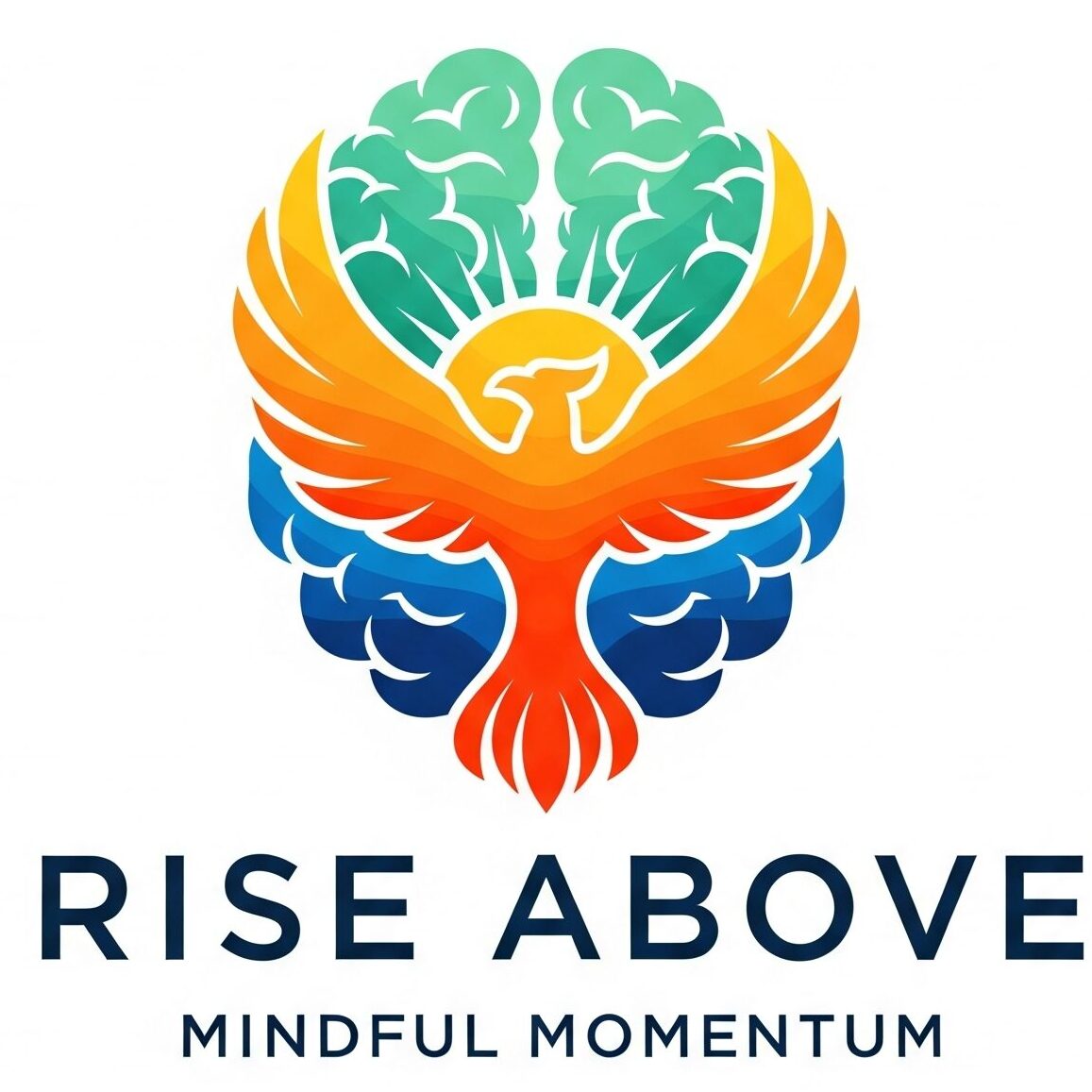
Executive Summary
A struggling solopreneur transformed their failing business into a seven-figure enterprise by eliminating social media addiction and redirecting that energy into focused, high-value activities. By breaking free from the endless scroll cycle that was consuming 4+ hours daily, they reclaimed their mental clarity and channeled their attention into strategic business development, ultimately achieving a 10x revenue increase within 18 months.
Background
Picture a dedicated entrepreneur who had all the right intentions but found themselves trapped in a cycle of digital distraction. Like many modern business owners, they started each day with genuine ambition to grow their venture, only to find themselves hours deep in social media feeds, consuming endless content that felt “business-related” but delivered no tangible results. Despite working long hours and staying constantly “connected” to their industry through various platforms, their business remained stagnant, revenue was unpredictable, and the dream of building something significant felt increasingly distant. They had fallen into the modern trap of mistaking digital busy-work for actual business development.
Challenge/Problem Statement
The core challenge wasn’t immediately obvious because it masqueraded as productivity. This entrepreneur was spending upwards of four hours daily consuming social media content under the guise of “market research,” “networking,” and “staying current with trends.” However, this constant input was creating a state of mental fragmentation where deep, strategic thinking became nearly impossible. Their brain had adapted to expect dopamine hits every few minutes, making it extremely difficult to engage in the sustained focus required for complex business tasks like strategic planning, product development, or meaningful client work.
The business symptoms were clear: inconsistent revenue streams, half-finished projects, scattered marketing efforts, and a persistent feeling of being busy without being productive. Despite consuming vast amounts of business content daily, they struggled to implement any single strategy effectively. The addiction had created a paradox where they felt more informed than ever but less capable of taking decisive action. Previous attempts to limit social media use had failed because they treated it as a time management issue rather than addressing the underlying neurological dependency that had developed.
Solution Implementation
The breakthrough came through recognizing social media addiction as a genuine neurological challenge requiring the same systematic approach used for any other dependency. Instead of attempting gradual reduction, they implemented a complete digital detox for 30 days, removing all social media applications and blocking access through website filters. This created the necessary space to observe how their brain functioned without constant digital stimulation and revealed the extent to which fragmented attention had been sabotaging their business efforts.
During the detox period, they established new routines designed to rebuild their capacity for deep work. Morning hours previously spent scrolling were redirected toward strategic business planning, while evening social media time became dedicated to skill development and learning. They implemented time-blocking techniques to protect focused work periods and developed analog systems for tracking business metrics and goals. Most importantly, they began cultivating what could be called “boredom tolerance” – the ability to sit with unstimulated thoughts, which proved crucial for creative problem-solving and innovative thinking that drives business breakthroughs.
Results and Impact
The transformation was remarkable and measurable. Within the first 90 days of breaking the social media cycle, their daily productive work hours increased from approximately 2-3 hours of actual focused work to 6-7 hours of deep, uninterrupted business development. This dramatic improvement in work quality and quantity led to completing projects that had been stalled for months, launching new revenue streams, and developing systems that could scale without constant personal intervention.
The business results compounded rapidly. Revenue increased by 300% in the first six months as they were able to focus on high-value activities rather than getting lost in digital distractions. By month 12, they had built systems robust enough to generate consistent income without requiring constant personal oversight, and by month 18, the business had crossed the million-dollar threshold. Perhaps most significantly, they reported unprecedented levels of mental clarity, creative thinking, and genuine satisfaction with their work – outcomes that no amount of social media engagement had ever delivered. The quality of their decision-making improved dramatically as they were no longer operating from a state of constant mental fragmentation.
Future Outlook
The sustainable competitive advantage gained through breaking social media addiction extends far beyond immediate revenue increases. With their attention and mental energy fully reclaimed, they now possess the cognitive resources necessary for long-term strategic thinking, innovative product development, and building systems that can scale exponentially. The business continues to grow because it’s now built on a foundation of sustained focus and deep work rather than the scattered, reactive patterns that characterize most entrepreneurs’ daily operations. This transformation has positioned them to identify and capitalize on opportunities that remain invisible to competitors who are still trapped in the digital distraction cycle.

Leave a Reply